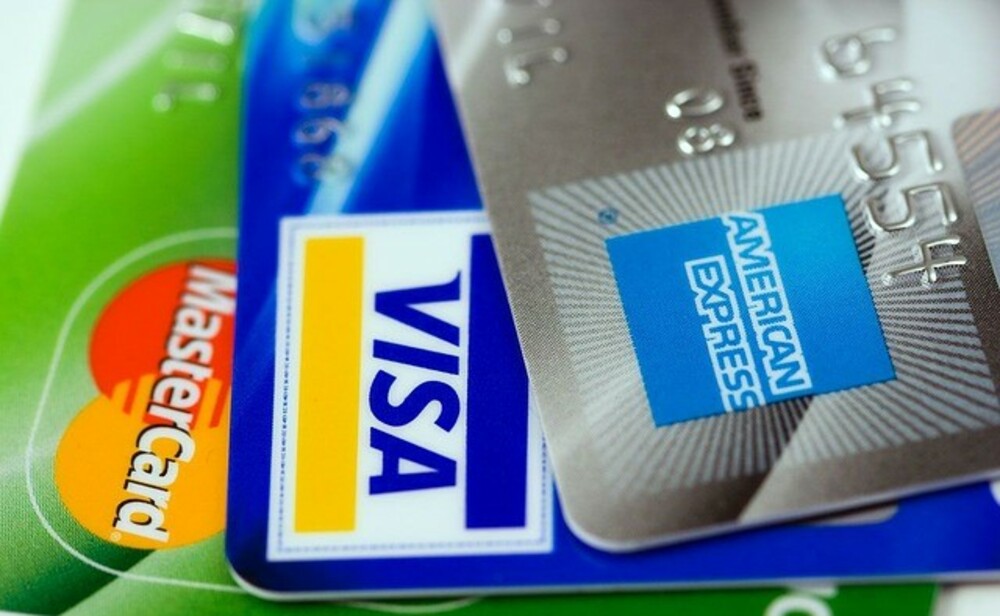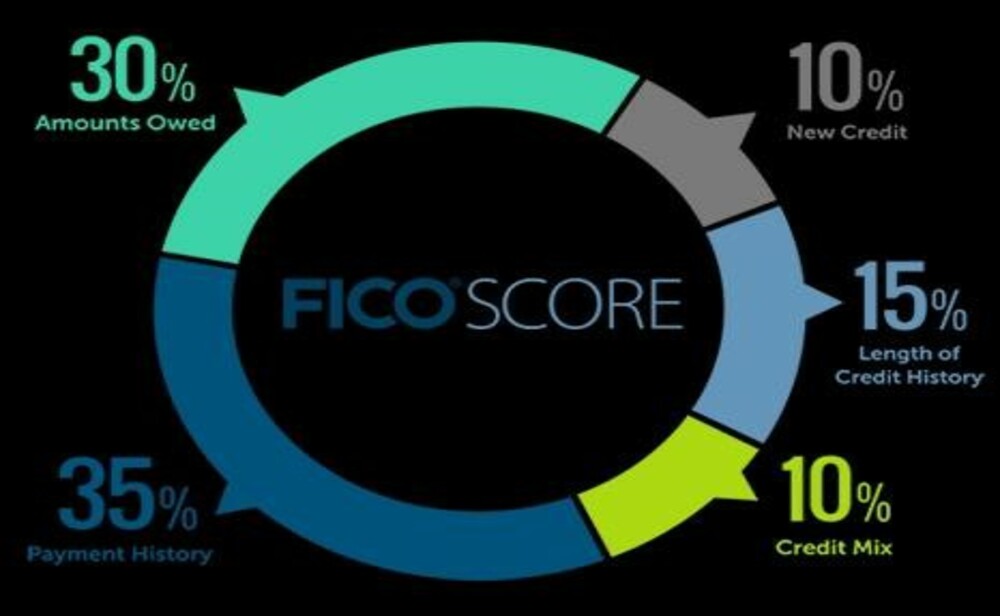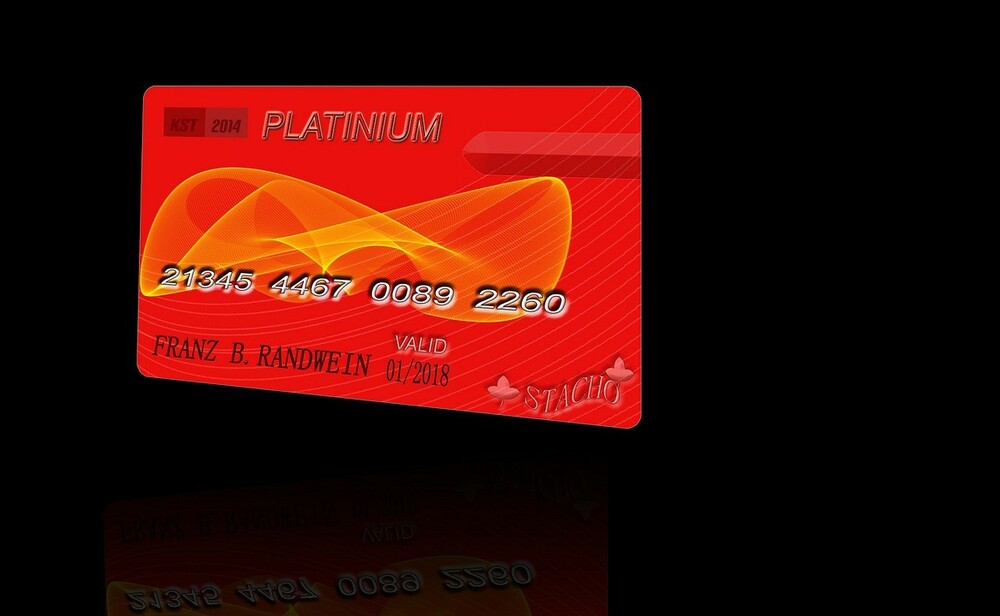15 Credit Card Tips Everyone Should Know
Unlike cash, credit cards are not your only means of payment. It’s easy to get carried away with how many credit cards you have and overspend when you’re not monitoring your spending. We know this to be true from experience. The problem is, that our financial institutions are the most effective marketers ever devised. We’ve become so conditioned to giving our money to these businesses and their advertisements and free product samples that, if we want something that we can’t buy from them, we tend to go out and buy it from some other company.

Unfortunately, just because a product is free doesn’t mean that it’s a good deal. That’s why it’s crucial to check the fine print on any product, especially credit cards. The good news is that the small print is often just as good as the full text and can contain many additional benefits that the salesperson won’t tell you about. With that in mind, we’ve compiled 15 credit card tips that you can use to avoid getting ripped off. Be sure to bookmark this post and check back often because we will update it periodically to make sure we’ve covered everything you need to know.
1. Always Check Your Credit Card Terms and Conditions
Just as with any online purchase, when you buy something from a credit card company online, you will have to deal with the credit card company’s terms and conditions. Just as we tell you to check the fine print on the credit card you’re about to pay for online, we have the same advice for the online purchase of anything you want. You should always read the credit card company’s terms and conditions before you make any purchase.
Not all credit card companies will tell you what they will and will not allow you to do in their fine print. This is because credit card companies are notorious for hiding their true intentions in the fine print. This is important because you have the right to cancel any purchase you make with a credit card at any time for any reason. The worst thing that can happen to you is that the credit card company won’t allow you to cancel the transaction or will charge you a fee to cancel.
2. Compare the Interest Rates and Fees
One of the most important things you can do to avoid getting ripped off when using a credit card is to compare the interest rates and fees of different credit cards. To get a sense of the relative value of the various credit cards available, you can use CreditCards.com’s Credit Card Comparison Tool.
Take the time to look at the interest rates and fees of all the credit cards offered by each of the major credit card companies. We’ll show you how to get a copy of each credit card company’s credit card comparison table.
3. Shop Around
Getting the best deal on your credit card bills isn’t just about comparing the interest rates. Credit card companies sometimes have special promotions and offer that may be worth waiting for. This includes zero percent credit card offers, flexible rewards cards, no-annual-fee credit cards, and card-free purchasing programs like Suro for Capital One cardholders. You don’t even have to spend a lot of money to get a good deal on your credit card.
Just be aware that some credit card companies will reward you with cashback or points just for paying your bills in full each month. Others will reward you with cashback or points for making purchases that they want you to make, like at expensive, high-traffic stores or for making large purchases. So, take the time to make sure that your credit card is the best one for your needs and shop around until you find one that works best for you.
4. Keep Your Balance Under 30 Percent
No matter what you do, you are almost certain to end up carrying a balance on your credit card each month. Even if you make all of your payments on time and don’t carry a balance at all, your credit card company is still making money off of you because it is issuing you the credit card in the first place.
And of course, you can only expect to keep a balance for so long before the APR jumps back up to a punishing 30 percent or higher. If you can, try to keep your balance under 30 percent or just pay off your entire bill every month. But even paying just the minimum each month can save you money in interest over the long run.
5. Get Cash Back on Purchases
There are several different ways that you can earn cashback on your credit card purchases. One of the best ways to earn cashback on credit card purchases is by using an online shopping site. This is because some sites will allow you to earn cashback just for shopping. This includes sites like Ebates, Ibotta, and TopCashback.
So, take a few minutes and start shopping around to find a site that will give you cashback just for shopping. You’ll be amazed at how much money you can save by shopping through an online shopping site. For even more ways to earn cashback on your credit card purchases, check out this list.
6. Keep Your Credit Card Details Private
When you use a credit card, your credit card company has access to your credit card account information. If you try to protect your credit card details like you might a password, your credit card company will consider it fraud and ask the police to investigate. As long as you’re able to provide some form of ID when you apply for a credit card, you should be able to keep your credit card details private.
7. Make Everyday Purchases on Credit Cards
Credit cards can make it easy to make one-time purchases. If you can’t remember all of your credit card account numbers, then you can still use your credit card. Using a credit card is a lot safer than making one-time purchases with cash or a debit card because you are holding the money in your hand. So, if you’re considering making an everyday purchase with cash or a debit card, you may want to consider a credit card instead.
8. Pay Your Credit Card Bill in Full Each Month
This is a quick and easy way to save a lot of money. The easiest way to save money on your credit card bill is to just pay the minimum balance on your credit card each month. If you can do this for a few months, then you’ll end up paying less in interest over the long run. If you have a relatively low balance on your credit card, then a credit card that has an APR of 15% or less is the best type of credit card for you.
9. Take Advantage of Easy Balance Transfer Deals
If you are having trouble making payments on your credit card, you might be able to make some more manageable payments by switching to another credit card with a better APR. If your credit card has a 15% interest rate, then it makes sense to transfer your balance to a card that charges a lower interest rate.
If you can save money by making a balance transfer to a card with a higher APR, it makes sense to do so. It’s often possible to earn cashback or other rewards by transferring your balance to a card with a better APR.
10. Maximize Credit Card Rewards
This can help you maximize your credit card rewards. The number one way to maximize your credit card rewards is to do a balance transfer. But there are other ways to maximize your rewards by:
- Opening new credit card accounts at a lower interest rate
- Charging large purchases to a revolving account
- Paying your bills on time
So, if you want to maximize your credit card rewards, start by opening a new credit card account. If you pay your balance in full each month, you’ll end up paying less interest on your credit card balance in the long run.
11. Shop for the Best Travel Rewards
If you’re going to travel for business, you can also get the best rewards for your travel expenses spending. Before you buy a flight, check to see what programs your credit card company offers. You can earn many travel rewards when you pay for your travel with a credit card.
And you can save a lot of money by booking your travel on the airline’s website and paying with your credit card. You can see a list of credit cards that offer great travel rewards on this site.
12. Shop Around for a Higher Credit Card APR
Choosing a credit card with an interest rate of 15% or less is the best strategy for maximizing your credit card rewards. But if you can qualify for a credit card that charges a higher interest rate, it can make sense to go that route.
Higher interest rates will help you increase the amount you earn on your credit card rewards. Plus, some credit cards offer a sign-up bonus that can be worth a lot of money. So, before you apply for a credit card, consider your credit score, income, and the rewards offered by the card.
13. Check for Introductory Offer Credit Cards
Conventional wisdom says that if you can pay the credit card bill in full each month, then you don’t need a credit card at all. But that’s not always true. You might be able to get a credit card that charges a lower interest rate if you sign up for a one-time introductory offer.
These types of credit cards are often first issued to consumers who don’t have a lot of credit history or credit history with any credit card company. These consumers can usually qualify for a relatively low-interest rate on their credit cards. When a consumer has a poor credit history, they usually have to pay higher interest rates on their credit card balances.
14. Sign Up for a Checkbook Balance Transfer Card
When you sign up for a checkbook balance transfer card, you’ll be charged a small fee every month to make a payment. But that monthly fee could be much lower than the interest you’d be paying on your previous credit card balance. The best checkbook balance transfer cards are those that charge 0% interest for a limited time.
When you make the minimum payments on your old credit card balance, you’ll earn money that you can use to pay off your checkbook balance or to pay the 0% APR on your new credit card balance. Checkbook balance transfer cards don’t require you to make a hard monthly payment. You just make a regular monthly payment. And you get to decide how to use that money – make a new payment, pay off your balance, or roll it over.
15. Transfer Your Existing Credit Card Balance to a Low-Interest Credit Card
If you have a credit card that charges you a higher interest rate than you can pay, it can make sense to transfer your existing credit card balance to a 0% APR credit card. Most credit cards charge a variable rate on their balance transfers. Some of those rates can be 12.49% or 13.49%.
But if you’re making a 0% interest rate credit card balance transfer, you’ll generally be charged 3.9% to 6.9% in fees. To make the transfer, you’ll need to apply for a new credit card in the same account – it can’t be transferred to a different credit card.
Conclusion
By following these strategies for maximizing your credit card rewards, you’ll be able to earn much more money on your credit card rewards than you’d make in a year on your credit card interest alone. An important part of maximizing your credit card rewards is paying your balance in full each month, which also means avoiding credit card debt. If you’re having trouble paying off your credit card balance, check out our guide to the best credit card balance transfer credit cards. We hope these tips will help you a lot in the future.
Must Read: What is a Bad Credit score?





